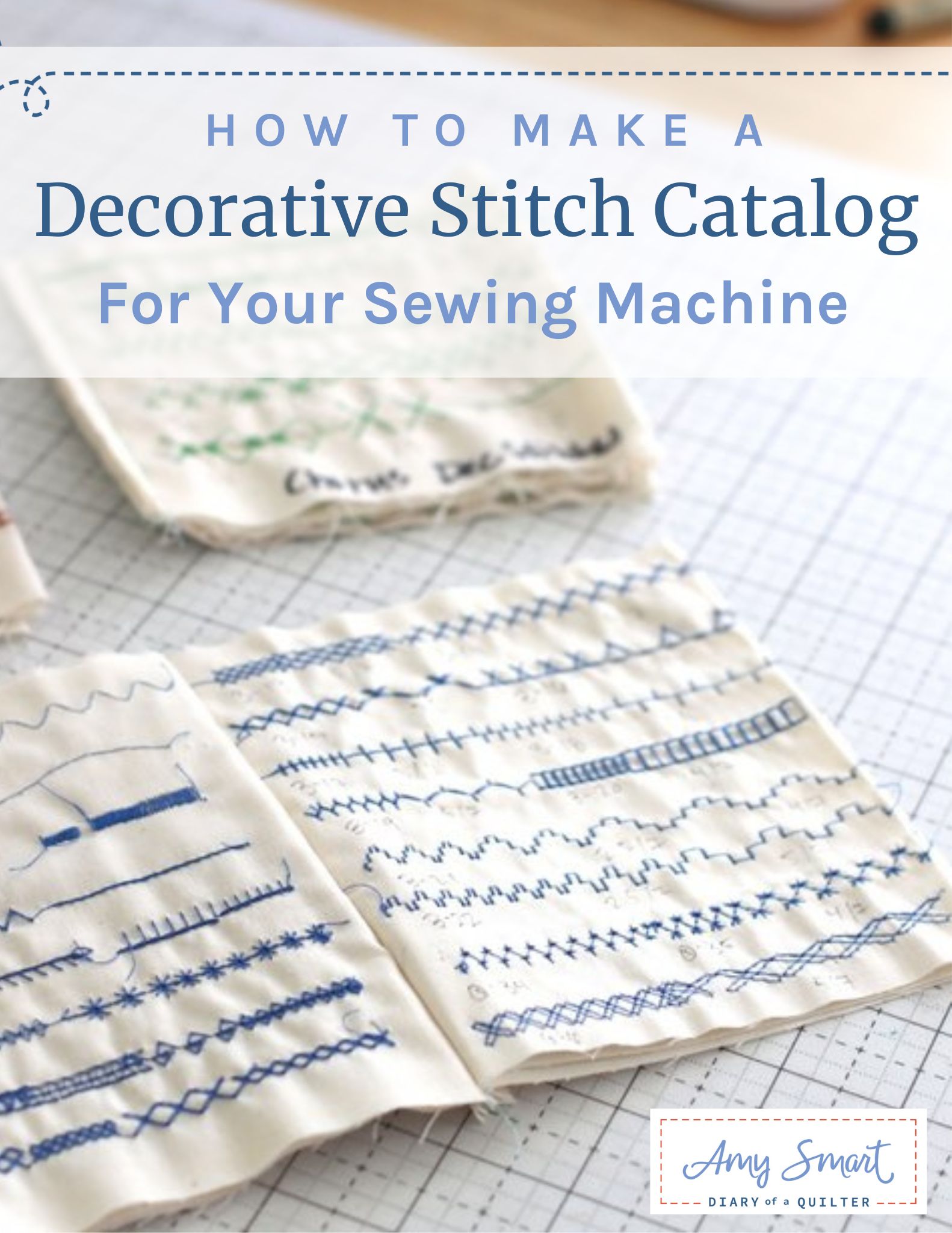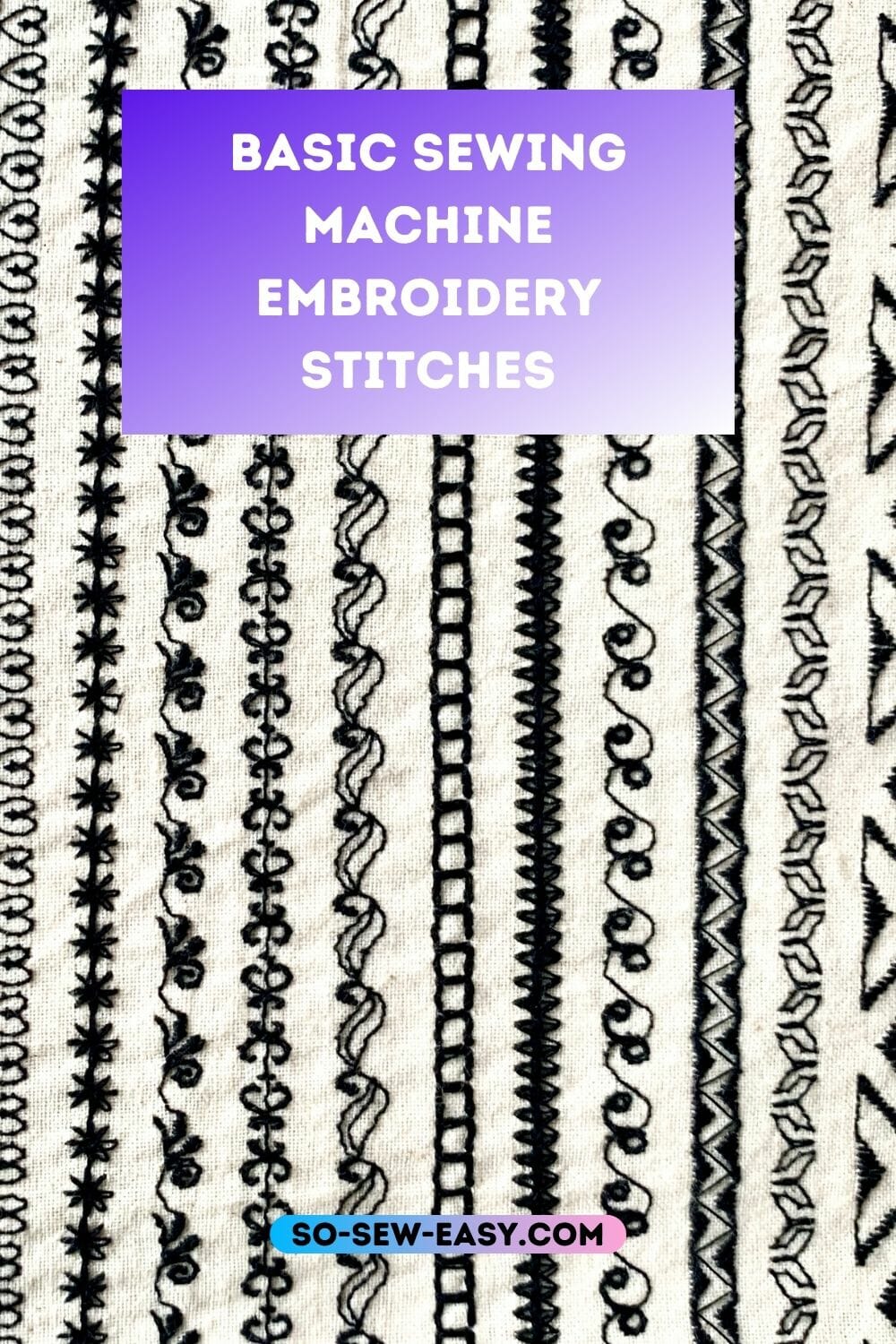Introduction to Decorative Sewing Machine Stitches
As a sewing enthusiast, I’ve always been fascinated by how decorative stitches can transform a simple fabric into a masterpiece. Whether you’re a beginner or a seasoned sewer, understanding decorative sewing machine stitches can open a world of creative possibilities. In this guide, we will deep-dive into the different types of decorative stitches, their uses, and how you can incorporate them into your sewing projects.
What Are Decorative Stitches?
Decorative stitches are specialized stitching techniques that add personality and flair to your sewing projects. Unlike standard stitches that are primarily functional, decorative stitches are designed to enhance the aesthetic appeal of your fabrics. These stitches can be used for embellishing seams, adding texture, or decorating various sewing projects.
Types of Decorative Sewing Machine Stitches
There are numerous types of decorative stitches that you can explore. Here’s a breakdown of the most popular ones:
1. Satin Stitches
Satin stitches are dense and smooth, perfect for filling in shapes or creating intricate designs. They provide a shiny finish and can be used for appliqué work.
2. Zigzag Stitches
These versatile stitches can be used for finishing raw edges, decorative borders, and even quilting. They can vary in width and density to suit different projects.

3. Decorative Quilting Stitches
Specifically designed for quilting, these stitches create beautiful patterns across the quilt surface, adding both visual interest and structural integrity.
4. Embroidery Stitches
Embroidery stitches include a variety of designs that can add intricate details to garments or home décor. Common stitches include chain stitch, french knot, and cross-stitch.

5. Specialty Stitches
Many sewing machines come with a variety of specialty stitches like scalloped stitches, wave stitches, and even lettering, each providing unique embellishments for your projects.
Choosing the Right Sewing Machine for Decorative Stitches
When selecting a sewing machine for decorative stitches, you want to consider several factors:
Features to Look For:
- Variety of built-in stitches
- Adjustable stitch length and width
- Ease of use and programming
- Quality of the feed system
- Available presser feet and accessories

Top Recommended Sewing Machines:
| Machine Model | Key Features | Price Range |
|---|---|---|
| Brother CS6000i | 60 built-in stitches, adjustable speed | $200-$250 |
| Singer 7258 | 100 built-in stitches, easy threading | $150-$200 |
| Janome HD3000 | 50 built-in stitches, metal construction | $300-$350 |
How to Use Decorative Stitches in Your Projects
Using decorative stitches can elevate your sewing projects. Here’s how you can effectively use them:

Step-by-Step Guide:
- Select the Appropriate Stitch: Choose a stitch that complements your fabric and project type.
- Test on Scrap Fabric: Always test the stitch on a similar scrap fabric to ensure it looks the way you want.
- Adjust Settings: Modify stitch length and width as necessary. Don’t hesitate to refer to your sewing machine manual for guidance.
- Stabilize Fabric: Use stabilizers when necessary, especially on lightweight or stretchy fabrics, to prevent distortion.
- Practice: The more you practice, the more comfortable you will become with using decorative stitches.
Tips for Mastering Decorative Stitches
Here are some additional tips that I’ve found helpful over the years:
- Start with simple designs and gradually move to complex ones.
- Keep your sewing machine in good condition; clean it regularly to ensure smooth operation.
- Experiment with different thread types (e.g., metallic, cotton, or polyester) for varied effects.
- Don’t be afraid to combine stitches for unique designs.
- Join sewing communities, forums, or classes to share and learn new techniques.

Common Challenges with Decorative Stitching and Solutions
While decorative stitching can be fun, it does come with its own set of challenges. Here’s what I’ve encountered and how I tackled them:
1. Fabric Bunching
Bunching may occur due to improper tension settings. Make sure to adjust the tension according to your fabric type.

2. Skipped Stitches
This can happen for several reasons, including a dull needle or incorrect settings. Always use a suitable needle and check your stitch settings.
3. Uneven Stitching
Ensure you maintain a consistent speed and guide the fabric smoothly. Using a walking foot can help with even feeding.
4. Thread Breaking
This often occurs when the thread is too tight or the machine is not threaded correctly. Double-check your threading and tension settings.
Pros and Cons of Decorative Stitches
| Pros | Cons |
|---|---|
| Adds aesthetic value to projects | Can require extra time and practice to master |
| Variety of options for creativity | May need special presser feet or attachments |
| Enhances functionality (like seam finishing) | Some stitches are not suitable for all fabrics |
Frequently Asked Questions
What fabrics work best with decorative stitches?
Medium-weight cotton, denim, and stable knits are excellent choices. Avoid using lightweight or stretchy fabrics without stabilizers.
Can I use decorative stitches for quilting?
Absolutely! Decorative stitches can enhance the quilt’s design and add texture, making your quilt more visually appealing.
How often should I practice decorative stitches?
Set aside time each week to practice. The key to mastering decorative stitches is consistency and experimentation.
Are all sewing machines capable of decorative stitching?
No, not all sewing machines have decorative stitch capabilities. Look for a model that includes a variety of decorative stitches if this is important to you.
Final Thoughts
In my journey as a sewing enthusiast, learning about decorative sewing machine stitches has significantly expanded my ability to create unique and stunning projects. Don’t shy away from experimenting with these stitches; embrace the learning curve and enjoy the process. Whether you’re embellishing garments, creating quilts, or personalizing home décor, decorative stitches can make all the difference. Happy sewing!